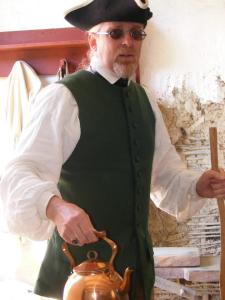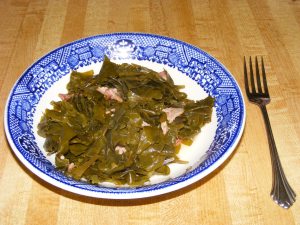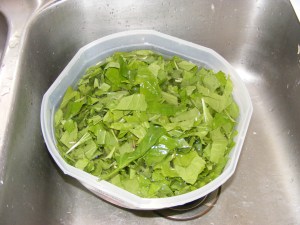The photos above show tea bowls and saucers from the first half to early 3rd quarter of the 18th century as found on various museum collections online, primarily the Metropolitan and the Victoria & Albert. Notice the shape and depth of the saucers. The first photo is a vintage photo of cups from Jamestown. The boxed tea set is French in origin.
Samuel Pepys wrote in his diary in 1660 that he’d had a cup of tea for the first time and he was among the first Londoners to have the pleasure. By June 28, 1667, it was common enough he wrote he’d returned home to find his wife making tea, “a drink which Mr. Pelling the Pottecary [apothecary] tells her is good for her colds and defluxions”.
Some of the first teapots and drinking vessels for tea came as give-aways when one purchased tea because it was a new and novel concept and few people outside China had any notion of how to prepare or serve it.
Tea cups are found from the 18th century with and without handles. Researchers agree that the earliest tea cups had no handles and were referred to as tea bowls while early coffee and chocolate cups did have handles from their earliest form. The tea bowl grew larger as tea became more widespread and by 1800 most were being made with handles although some handle-less versions were still made into the mid-1800’s. Cups weren’t produced in huge quantities until about the middle of the 18th century.
The shape of cups, whether for chocolate, tea, or coffee, was much the same other than the presence or absence of handles, and they were decorated in much the same way. Motifs were often florals, outdoor scenes, and some variation of an oriental scene ranging from simple to quite detailed. Color could be basic blue and white or more elaborate with multiple colors on the piece.
Collectors prize pieces made in the factory at Meissen, near Dresden. The facility was founded about 1710 and is still in business today. It was the first to make hard-paste porcelain products outside of China. Pieces can be dated by using the maker’s mark.
True 18th century saucers, especially from the first half of the century, are usually very deep compared to today’s rather flat saucers giving rise to the belief that the tea was poured from the cup into the saucer and drunk from the saucer.
Cups and saucers could be purchased by the “set” which consisted of, “half a dozen cups and saucers, a small tea-pot, a slop-bason, a sugar-dish, and tea-canister”, which in Europe [Franconia, “called by the Germans Frankenland”], 1765, cost twenty dollars.
Eighteenth century estate inventories often list cups and saucers but rarely describe them, and when one finds a published inventory from the first half of the 18th century, the deceased was wealthy enough to garner attention, therefore, was not representative of the common person.
For example, Thomas Warren [1732] listed, “11 cups and 12 saucers, 3 tea pots, one slop bason, sugar dish and cover…some odd cracked coffee cups…a parcel of tin tea canisters…”.
A similar inventory for Richard Wooley [1732] enumerated, “8 China Cups, 7 China Saucers, a China Tea-pot, 2 white stone Tea-pots…[in another room] a Tea-Table with 12 Cups, 12 Saucers, 6 Chocolate Cups, a Tea-pot, Slop Bason, 2 large Saucers…”. The word China was italicized as shown in the original source.
Sir Joseph Eyles’ estate [1740] was listed the following: six fine tea-cups and saucers, teapot, milk-pot, sugar dish and basin with the brown edge; a red tea-pot, a sugar dish, bason, milk-pot, 8 cups and saucers; a “curious colour’d tea pot, sugar dish, and 6 cups and saucers; a blue and white tea pot, bason, sugar dish, plate, 6 cups and saucers, a fine old tea pot”; six old chocolate cups; a tea-pot, bason, sugar dish, milk pot, plate, tea canister, 6 cups and saucers, and 6 coffee cups.
In Europe and the Colonies, only the wealthier late 17th and early 18th century residents would have had high quality tea sets, and perhaps not even all wealthy colonists had separate cups for chocolate, coffee, and tea or a matching tea set. In inland areas where European goods weren’t always available, colonists may well have used redware cups and mugs for whatever beverages were at hand.
Pittsburgh Press, Oct. 1973. Metropolitan Museum of Art. Victoria & Albert Museum. Warren, Thomas. A True and Exact Particular and Inventory of All and Singular the Estate Effects Whatsoever of Thomas Warren. 1732. London. Fenning, D. A General Description of the World. 1765. London. ©theHistoricFoodie


































You must be logged in to post a comment.